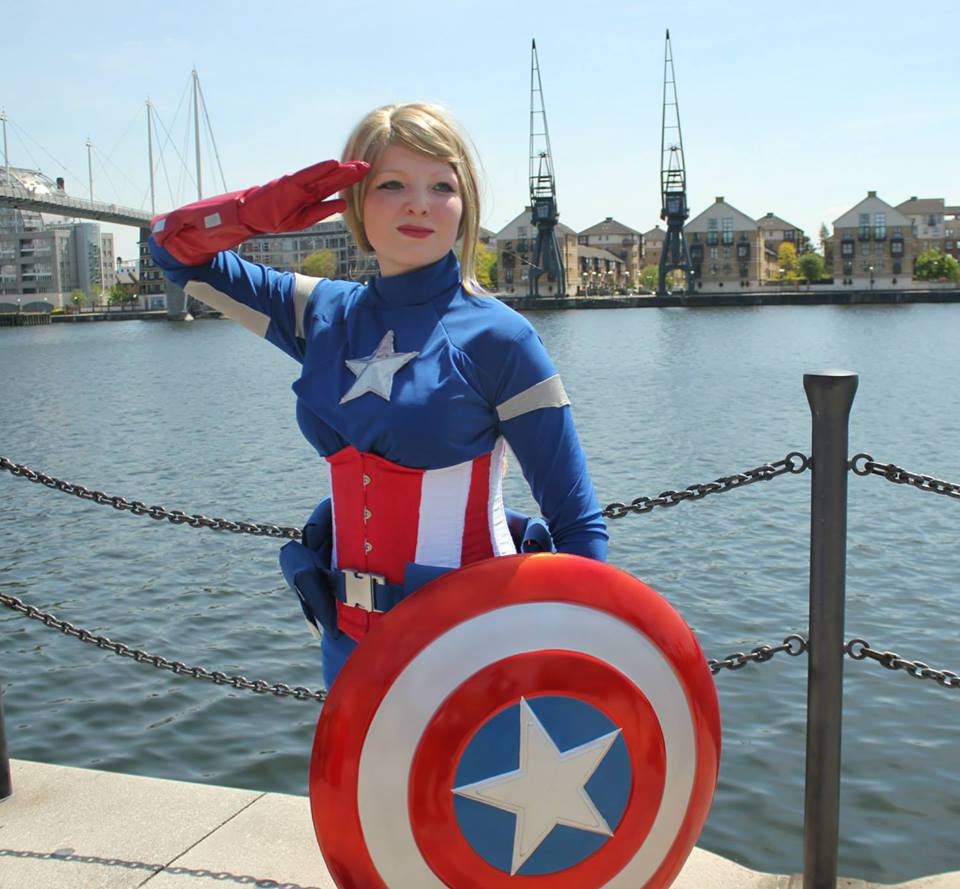Take Back the Skies author Lucy Saxon gives her advice on one of the most important aspects of writing a work of fiction: worldbuilding.

The first step of writing any novel, fantasy or otherwise, is deciding your setting. Set in our world, in the current time, with no secret parallel universes or hidden lands?
Great! Your job is done; get writing.
If your story is set elsewhere, however, it’s going to involve worldbuilding. Even if it’s set in our world but a different time period, you still have to build up the world and set the scene so your readers know what to imagine; if they aren’t likely to have been alive during that time period, they won’t know what it looks like unless you tell them!
The deeper into fantasy you’re going, the more complex your worldbuilding needs to be. But even for the lighter stuff it’s all in the details. Having your character make off-hand observations of the place around them is a great way to give the reader something to work with when they’re drawing up the scene in their heads. The less time they have to spend thinking about where your characters are and what’s around them, the more time they can spend focusing on the important stuff; what your characters are actually doing.
I’m very much of the opinion that everyone has their own method of worldbuilding; like writing, or revision, people work better in different ways. Some might be a big fan of the mind map, while I personally prefer bullet points. Pages and pages of bullet points. There’s no such thing as too much detail with worldbuilding; you never know what might come up, so get down every tiny thing you can think of about the world you’re creating. If you don’t need it, never mind, but at least it’s there!
One thing to remember with worldbuilding, no matter how big or small your world is, is that the world and the people within it should be cohesive. Say you have a volcanic landscape, constantly sweltering hot, and yet all of your characters are dressed in multiple layers and thick fabrics. Might raise a few eyebrows, right? Think about the landscape, the conditions of the world, and the kind of people and creatures that would live in that landscape. The world is your oyster, but if you want your readers to go along with it then things need to be as natural as possible. The best way to keep someone interested in a fantasy world is for them to feel as comfortable in it as they do in the real world (or even more so!).
Things need to make sense, even if you have fictional laws of space, time, gravity, magic, whatever. Keep things consistent, and keep things somewhat sensible (unless they’re being intentionally ridiculous for plot purposes). Don’t let your magic become the ultimate supreme fix-it; your characters need limitations, or everything will be too easy.
With my worldbuilding, I tend to cover the same points for each main fictional country or land within my world. Those are:
• Approximate size
• Type of people (race, age, gender, looks, etc)
• Landscape
• Clothing styles
• Main form of business/produce
• Political structure
• Weather
• Relation to ‘central’ location (location in which most of the story takes place)
Usually accompanied by a short description of the place, it makes it far, far easier for me to introduce it quickly once I reach it in the plot. Like I said before, people plan and write differently, but I always find that the more research I’ve done before I start writing, the easier it is to keep the flow going once I get started. I don’t want to be constantly stopping to look up a fact or think of a name for a character. Get everything written down early, and you’ll have a stronger base from which to develop your plot. You never know, worldbuilding might help you sort out that tricky little plot snag!
Geography is also pretty important, particularly if your characters are going to be travelling a lot. Draw a map if it helps, or for the less visually inclined, write down rough distances/travel times between places. Check they all match up, and try and keep it in mind when you’re writing. Even if you have to put in an ultra-smooth ‘two days of travelling later…’ transition, make sure the journey takes as long as it’s supposed to.
Worldbuilding is one of those things that takes a fair amount of trial and error to get right; test out different methods, jiggle things around a bit, and eventually your world will look how you want it to, and be ‘solid’ enough to enthrall your readers in the first fifty pages. It’s a fairly intimidating process before you start, but once you get stuck in and things start taking shape inside your head, I’m sure you’ll have no problem creating the perfect world for your story, with a uniqueness that makes it stand out as yours. All you have to do is jump in feet first and get planning!
Lucy Saxon is a cosplayer, book-lover, con-goer and all-round nerdgirl. Her first novel, Take Back the Skies, was published when she was just nineteen. She gets a lot of her best writing done in the dead of night and sometimes wakes up in the morning with keyboard prints on her face. When she's not writing she's playing video games, walking her dog or yelling at fabric until it behaves. She spends part of each year wrangling horses on a ranch in Arkansas. Most of the time though, she lives in Hertfordshire with her parents and her brother.
For more about Lucy you can visit www.lucysaxon.com, follow her on Twitter @Lucy_Saxon, or find her on Facebook and Tumblr.
Find out more about titles and buy the latest releases from Lucy Saxon at Bloomsbury.com
Comments